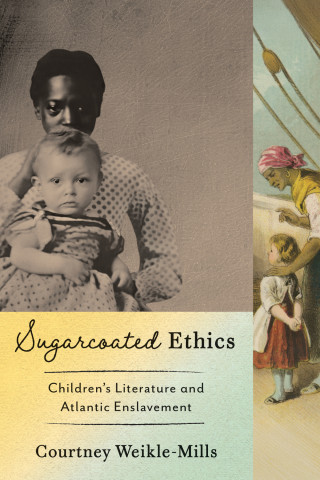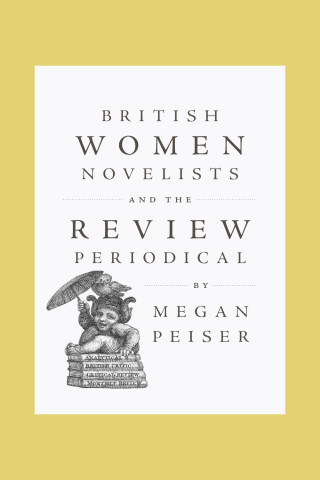
Reviews
Grotesque Figures is an important work that rethinks the boundary between eighteenth and nineteenth century studies, offering nuanced interpretations of Rousseau, Baudelaire, and the modernity they represent.
This well argued text on pantomime offers a fascinating investigation of a subgenre of British theater.
A fresh context for looking at Baudelaire.
Swain's wonderful explication of 'La Corde' alone is worth the price of the book.
Her comparative analysis of Rousseau's writings and Baudelaire's prose poems are often breathtakingly original, themselves extraordinary hybrids of the social, the historical, the political, and the poetic.
Swain's reading of Baudelaire's reception of Rousseau is provocative and stimulating.
These readings are mature, astute, and beautifully written analyses of the poems shaped around the central conflict with Rousseau over allegory. They stand on their own as some of the strongest and most persuasive interpretations of the various prose poems that I have seen.
Book Details
List of Illustrations
Acknowledgments
List of Abbreviations
Introduction
1. The Grotesque: Definitions and Figures
2. Rococo Rhetoric: Figures of the Past in "Le Poème du hachisch"
3. Identity Politics:
List of Illustrations
Acknowledgments
List of Abbreviations
Introduction
1. The Grotesque: Definitions and Figures
2. Rococo Rhetoric: Figures of the Past in "Le Poème du hachisch"
3. Identity Politics: "Rousseau" and "France" in the Mid-Nineteenth Century
4. Baudelaire's Physiologie: Rousseau as Caricature and Type in the Prose Poems
5. Machines, Monsters, and Men: Realism and the Modern Grotesque
6. The Sociopolitical Implications of the Grotesque: "Opéra" and "Les Yeux des pauvres"
7. Rousseau, Trauma, and Fetishism: "Le Vieux Saltimbanque"
Conclusion
Notes
Selected Bibliography
Index





